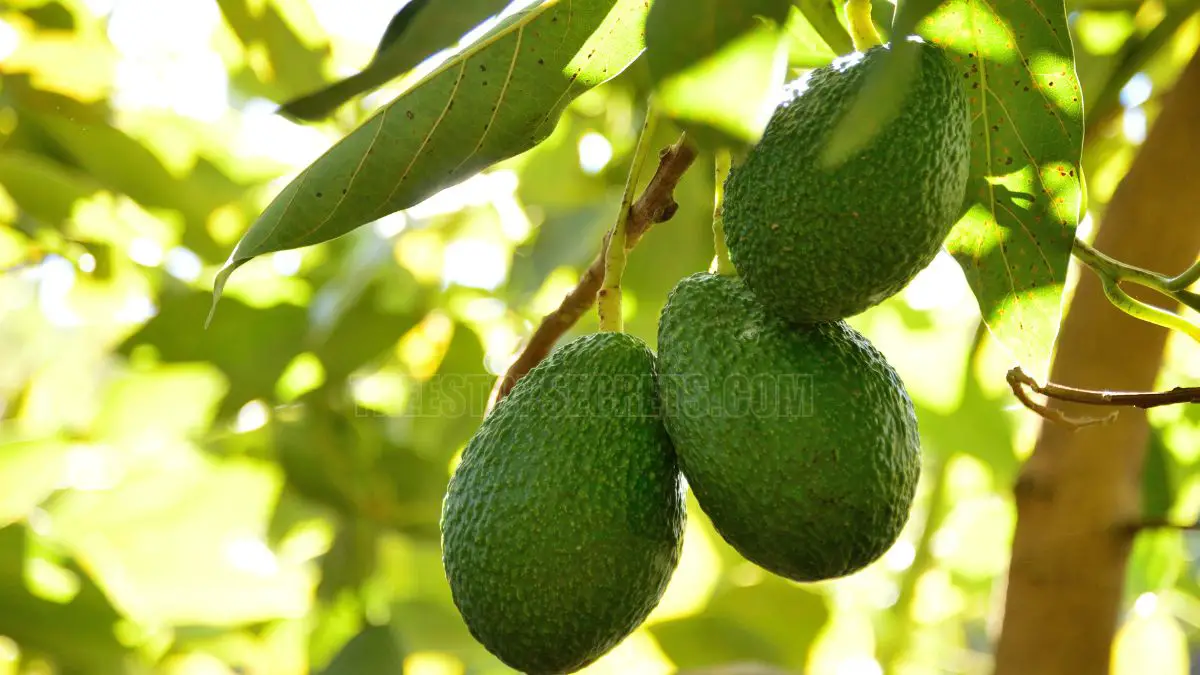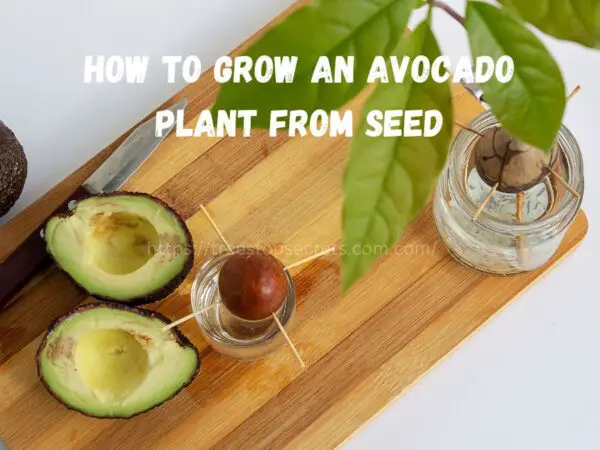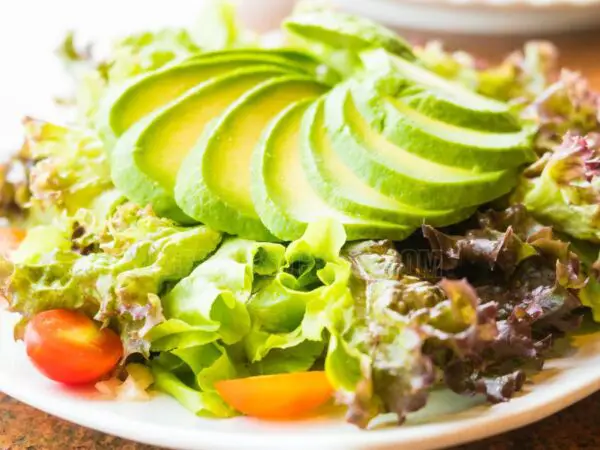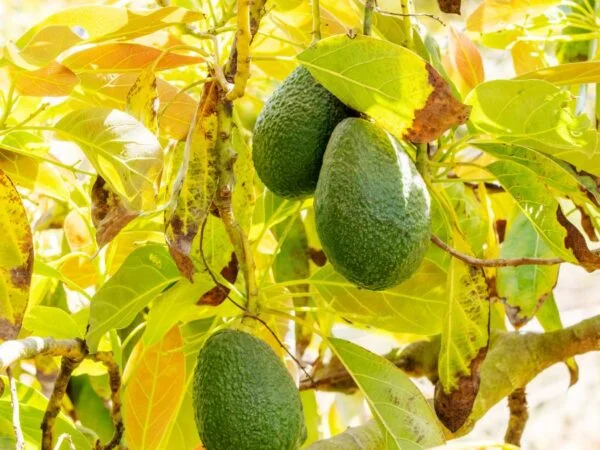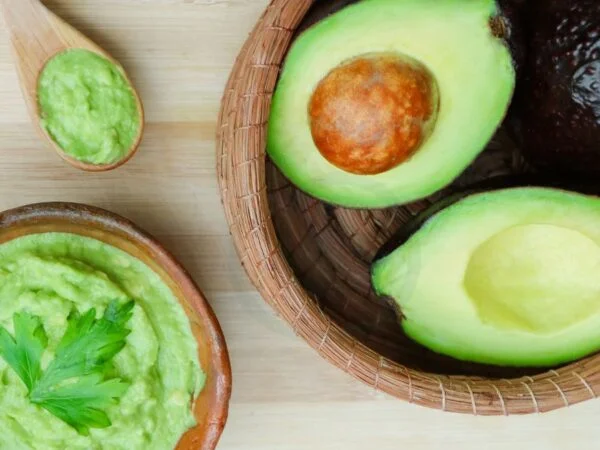Avocados are a beloved fruit in California, known for their creamy texture and rich flavor. But when are these green gems in season? Understanding avocado seasonality is key to enjoying them at their freshest and most affordable. In this guide, we’ll explore the best times to buy avocados in California, ensuring you get the best quality and value. Discover the peak seasons and tips for making the most of California avocados!
Avocados in California are typically in season from March to September. The peak months are usually from May to August, when you can find the freshest and most flavorful avocados. Knowing this can help you plan your meals and make the most of the delicious, seasonal produce available.
Curious about when to get the best avocados in California? This article breaks down the ideal seasons for buying and enjoying avocados. Whether you’re planning a summer barbecue or just want to savor the freshest avocados, you’ll find all the details you need to make the most of California’s avocado season!
Avocado Seasons in California
Alright, avocado aficionados, let's get down to the juicy details about when you can sink your teeth into the best avocados California has to offer. Here’s the scoop on their peak seasons and the tasty varieties you can look forward to.
Peak Season Timeline
In California, avocados start strutting their stuff in spring and keep the show going through summer and into early fall. Yup, you read that right—it's a pretty long season. Most of these green gems stay put in the Western United States during this fruity fiesta (Wikipedia).
| Month | Season Vibes |
|---|---|
| February | Kickoff for Hass avocados |
| March | Hass avocados flood the market |
| April | Gwen avocados make their debut |
| May | Variety mix begins ripening |
| June | Heyday for Hass and Gwen |
| July | Hass: still going strong |
| August | Ventura avocados hanging tight |
| September | Gwen's last hurrah |
| October | Stragglers join the party |
| November | Some varieties still grabbable |
| December | Hit or miss, variety-based |
Avocado Varieties and Availability
California's got a knack for growing some mean avocados. The Hass and Gwen varieties are the MVPs, but there are a few others in the lineup too.
- Hass Avocado: Starts ripening in February and sticks around clear through July. If you're in Ventura County, you might even find them clinging to the trees until August or September (UC Riverside).
- Gwen Avocado: Gwen hits the scene from April through September. These are the rounder avocados with that smooth green skin. They need a little pollination help, but hey, they're worth it (Food Republic).
The trick is knowing when your fave types are ripe and ready for munching. Here's a quick look:
| Variety | Season | Flavor Profile |
|---|---|---|
| Hass | February - July | Lumpy skin, creamy and rich |
| Gwen | April - September | Smooth skin, slightly nutty |
Timing is everything, folks. Catching these avocados in their prime makes all the difference—a fresh Hass or Gwen can elevate your toast, guac, or straight-up spoonful to another level of yum!
The Magic of Seasonal Avocado Harvests
In sunny Cali, the seasonal avocado harvest is a big deal for both us growers and the larger economy. Knowing what makes our green gems tick helps folks like me and other avo-lovers get the best outta our trees.
Nature's Role
The weather sure knows how to mess with our avocado vibes. California's fickle climate can turn an easy season into a nightmare. I’ve seen hot, dry spells wipe out crops in no time. Case in point: California farms churned out about 135,500 short tons of avocados in 2021, spread over 46,700 acres, which works out to roughly 2.9 short tons per acre. That year’s harvest raked in a nice $327 million. Rain and mild temps? They're the real MVPs for a good haul.
| Year | Harvest (short tons) | Acres | Yield (short tons/acre) | Revenue ($) |
|---|---|---|---|---|
| 2021 | 135,500 | 46,700 | 2.9 | 327,369,000 |
Yield and Cash Flow
When we pick our avocados can make or break the bank. In 2022, U.S. avo production hit around 156,900 metric tons, with Cali doing most of the heavy lifting at 88.3%. That was up a bit from 2021, which is a win considering we faced some tough environmental odds, though it was a sharp drop from 2020’s numbers.
Dollars and cents-wise, the U.S. imported over 1.13 million metric tons of avocados in 2022, costing $3.27 billion. While we saw fewer imports, the price tag shot up because of higher costs. California's avocados play a key role in this market.
| Year | U.S. Production (metric tons) | California’s Share (%) | Imports (metric tons) | Import Value ($) |
|---|---|---|---|---|
| 2022 | 156,900 | 88.3 | 1,133,763 | 3,270,000,000 |
By tuning into the seasonal shifts and Mother Nature’s whims, I can better care for my avocado babies. Understanding the rhythm helps me align my growing game with the seasons, making sure my trees get the love they need all year round.
Why Growing Avocados Isn't Always Green and Easy
Ever dreamt of plucking a ripe avocado right from your very own tree? While growing avocados can be deeply satisfying, it also comes with its fair share of headaches. Just ask anyone who's waged war against pests or cursed a fickle weather forecast. Let's dive into some of the major gremlins haunting avocado farmers.
When Pests Turn Your Trees Into a Buffet
Unfortunately, avocados attract a parade of unwanted guests. Some real villains here have dramatically messed with harvests. Take, for instance, the Polyphagous Shothole Borer. This little menace was spotted first in Los Angeles County back in 2012 and it’s brought along some nasty diseases, royally messing up avocado production. Despite efforts to quarantine and eradicate it, this pest is like that one annoying fly you just can't swat away.
Other unwelcome critters include Avocado Thrips and Persea Mites. These diminutive invaders have been running riot through orchards, making life miserable for growers. Let’s spell out the chaos these tiny troublemakers bring:
| Pest/Disease | How It Messes Up Your Avos |
|---|---|
| Polyphagous Shothole Borer | Wreaks havoc on trees, cutting yields. |
| Avocado Thrips | Scars the fruit, lowering its market value. |
| Persea Mite | Damages leaves, impacting tree health. |
When Mother Nature Plays Hard to Get
If only avocados could thrive on love alone, life would be easier. But nope, climate has a huge say in the matter. In sunny California, avocados mostly do their growing from spring to the early fall. Yet, when the weather decides to play tricks—turning too hot or bone-dry—yields can plummet.
Take a look at 2021 to understand the stakes: California farms churned out around 135,500 short tons of avocados and raked in about $327 million. However, when drought or heat waves hit, those numbers take a nosedive.
| Year | Harvest (short tons) | Revenue ($) |
|---|---|---|
| 2021 | 135,500 | 327,369,000 |
These pests and fickle weather conditions keep avocado growers on their toes, juggling solutions to keep their orchards in top shape. By understanding these thorns in the side of avocado farming, growers can better plan and adapt to cultivate thriving, fruitful trees.
Growing and Caring for Avocado Trees: My Journey
If you're as obsessed with avocados as I am, you're probably intrigued by the idea of growing your own avocado trees. Below, I've summed up my hands-on experience, including tips on getting trees to maturity, coaxing them to produce fruit, and keeping them happy and healthy.
Tree Maturity and Fruit Production
I’ve learned that if you grab an avocado tree from a nursery, you might start seeing those delicious green fruits as soon as 3 to 4 years after planting. If, like me, you’ve got the patience to grow your tree from a pit, get ready to wait a bit longer—somewhere between 5 to 13 years for fruit. Starting from 5 to 7 years old, these trees can dish out around 200 to 300 avocados. Be prepared for surprises; sometimes, the yield swings between bountiful and sparse seasons, keeping you guessing and excited for the next crop.
Watering and Maintenance Tips
Ah, watering—possibly the trickiest part. In sunny Southern California, I tend to water my avocado trees about once to three times a week, but this depends on many things: tree age, weather, and the watering method I’m using (drip system or micro-sprinklers).
Here’s a quick guide I whipped up that shows how often you should be watering based on tree age:
| Tree Age | Watering Frequency |
|---|---|
| Young (1-2 years) | 2-3 times a week |
| Mature (3-5 years) | 1-2 times a week |
| Established (5+ years) | Weekly or as needed |
If I overdo it, the leaves get this sickly yellow color. Not enough water? The edges of the leaves start browning. It's all about balance. In the San Fernando Valley for example, during the blistering summer, I might water every two to three days. I always keep an eye on the leaves and how much fruit the tree’s bearing to adjust my routine.
Owning avocado trees is like nurturing kids—they require attention, but the reward? Fresh, homegrown avocados! Sticking to consistent care routines ensures I’m never too far from my next satisfying harvest. Happy planting!
Avocado Varieties in California
When I dip into the world of avocados, the variety and flavors in California always get me buzzing. Each type brings its own flair and seasonal quirks.
Popular Varieties and Flavors
Let’s chat about some top-notch avocados and what sets them apart:
| Avocado Variety | Flavor Profile | Season |
|---|---|---|
| Hass | Creamy, rich, buttery | July - November |
| Gwen | Smooth, mild, round | April - September |
| Reed | Bold, nutty, huge (up to 2 pounds) | May - October |
| Maluma | Creamy, nutty, bumpy skin | October - December |
| Shepard | Rich, smooth, thin skin | June - October |
Hass avocados are the rock stars, making up 95% of avocados chomped down in the U.S. (Food Republic). Their buttery texture and versatility in recipes hit the spot. The Gwen, with its green skin, is a local darling in Southern California for its mild flavor (Food Republic).
Then, you've got the Reed. Their hefty size and nutty taste are just satisfying to devour (Food Republic). Maluma avocados are perfect early-season delights, and Shepards, sporting unique hard skin, offer a different texture and taste (Avocado Variety Collection).
Seasonal Availability
Knowing when each type is up for grabs helps me plan my avocado escapades all year. Here’s the lowdown on when you can find these gems:
| Avocado Variety | Seasonal Availability |
|---|---|
| Hass | July - November |
| Gwen | April - September |
| Reed | May - October |
| Maluma | October - December |
| Shepard | June - October |
Having this info lets me pick the right avocados for whatever I'm whipping up. Be it guacamole, salads, or just sliced toast-love, knowing the peak times in California makes it all the tastier. Can't wait to dive into the variety during their prime time!
Avocado Consumption Trends
Changes in Supply and Demand
Ever noticed how avocados have become a must-have in our kitchens? Before the '90s, Americans usually enjoyed them during California's summer harvest. But now, thanks to imports from Michoacan, Mexico, we get high-quality avocados all year round. This game-changer has made avocados a staple, not just a summer fling (ProducePay).
Let's check out some numbers for 2022 to see how much we love our avocados:
| Year | Total Imports (Metric Tons) | Import Value ($ Billion) |
|---|---|---|
| 2022 | 1,133,763 | 3.27 |
Market Insights
Our avocado cravings are mostly satisfied by Mexico, shipping in a whopping 83.3% of our total imports last year - that's around 931,826 metric tons (ProducePay). You'd think our appetite would dip after a while, but nope, it stays pretty steady throughout the year. Though, there's definitely a spike come spring and summer when everyone’s craving guac and avocado toast.
Let’s take a peek at the prices in 2022:
| Month | Average Price ($ per pound) |
|---|---|
| January | 1.36 |
| February | 1.36 |
| March | 1.36 |
| April | 1.50 |
| May | 1.52 |
| June | 1.50 |
| July | 1.40 |
| August | 1.30 |
| September | 1.20 |
| October | 1.10 |
| November | 1.10 |
| December | 1.10 |
From this data, you can see the prices drop starting in September, which fits with when we start getting more avocados from Mexico. The priciest months are April to June, which makes sense because everyone’s looking for that perfect avocado toast or fresh guac at their summer BBQs.
So, these shifts in how we get and how much we pay for avocados show how our love for this green gem has changed the game in the U.S. market.
This tweak aims to keep your audience hooked, adding a bit of humor, and some relatable language, and cutting unnecessary fluff. Plus, the sentences are snappy and engaging, making the data easy to digest.
Final Thoughts
Knowing when avocados are in season in California helps you enjoy them at their peak freshness and flavor. With the season running from March to September and peak months being May through August, you can plan your meals and grocery shopping to make the most of this delicious fruit. Whether you're making guacamole or adding avocados to your salads, timing your purchases will ensure you get the best quality avocados available.
FAQs about "When Are Avocados in Season in California"
Q: When is avocado season in California?
A: Avocado season in California generally runs from March to September, with the peak season from May to August.
Q: How can I tell if an avocado is in season?
A: Avocados in season are usually more flavorful and affordable. Check for firmness—ripe avocados will yield slightly to gentle pressure.
Q: Are avocados available year-round in California?
A: While avocados are available year-round, their peak season is from May to August, which is when they are at their best in terms of taste and quality.
Q: What are the benefits of buying avocados in season?
A: Buying avocados in season ensures you get the freshest fruit at a lower price. Seasonal avocados also tend to have better flavor and texture.
Q: Can I freeze avocados if I buy too many?
A: Yes, you can freeze avocados. To freeze, peel and pit them, then mash or slice and store in an airtight container. This can be handy for using them later when they are out of season.
Q: What are some recipes to try with seasonal avocados?
A: Seasonal avocados are perfect for guacamole, salads, avocado toast, and smoothies. Their creamy texture enhances a variety of dishes.
Image Source: Paid image from CANVA

